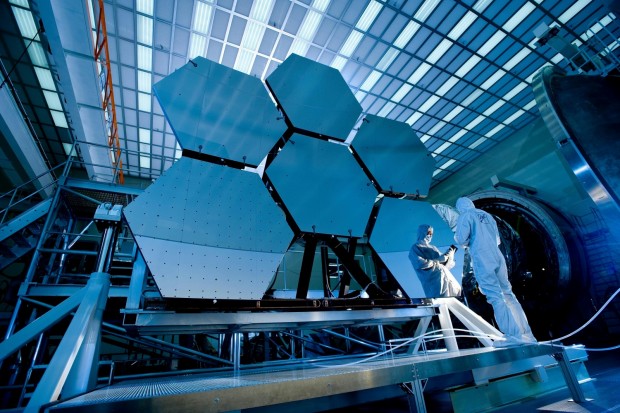In recent years, the building industry has shown significant enthusiasm for technical innovation. As a result, specialists continue to research and develop new ideas for the materials and machinery for this sector. Here are some of the most recent advances that are being developed for the construction industry in the future, ranging from self-healing concrete to 5D Building Information Modeling.

(Photo : Pexels/ Pixabay )
1. Self-Healing Concrete
The use of self-healing concrete would extend the lifespan of a structure by many years and would be significant in terms of both time and money. The science behind this technological marvel is revealed when water seeps through a crack. In this way, the bacteria included in the mixture during the mixing process are brought back to life. After the bacteria has been activated, it will expel calcite, which will subsequently facilitate the healing of the fracture.
2. Smart roads
Smart roads, often called intelligent highways, are the future transportation system. They entail the utilization of sensors and Internet of Things technology to make driving safer and more environmentally friendly. Drivers are provided real-time information regarding the weather and traffic circumstances, such as congestion and parking availability. The revolutionary device can generate electricity, which can charge electric vehicles while in motion and also charge street lights.
3. Robotic Swarm Construction
Researchers at Harvard University developed the idea for robotic swarm building, which was modeled by how termites carry out their work. Robots with four wheels are equipped with sensors that can detect the presence of other robots, allowing them to collaborate. These robots are programmed to construct a specific design in each case.
4. Smart bricks
Connecting bricks that are smart and modular, they resemble Lego bricks. Aside from being adaptable, bright bricks provide significant thermal energy control and a decrease in construction expenses. These bricks are made of high-strength concrete and were developed by a company called 'Kite Bricks.' They feature space for insulation, electrical wiring, and plumbing, and they are constructed in a modular fashion, which makes it simple to join them.
Also Read: Top 5 Most Expensive Ongoing Railway Mega Projects in the World
5. Drones and Unmanned Aerial Vehicles (UAVs)
Drones have quickly become an essential component of construction projects. As a supplement to the ground-level investigation that also takes place, they are typically utilized for site surveying, inspections, and the generation of three-dimensional models. With their outstanding efficiency, these unmanned drones make it possible to inspect the work at the job site and identify potential problems more quickly.
6. Zero Net Energy Buildings (NZEBs)
The idea of non-zero energy buildings is gaining popularity due to many environmental concerns and government-sponsored measures. As mentioned, self-generating buildings reduce carbon emissions and power needs. Utilizing more eco-friendly materials, such as ICF, heat exchangers, or installing solar panels can accomplish this.
7. HD Surveying and Geolocation
Alterations in the ground conditions are a common source of delays in the completion of projects. Innovative techniques such as high-definition photography, three-dimensional laser scanning, geographic information systems, and others can enhance accuracy and speed.
8. 5-D Building Information Modeling (BIM)
BIM is an online representation of the features of a project, which includes both the physical and functional components of the project. This model serves as a valid basis for judgments made throughout the project's life cycle. Accordingly, the building sector will transform due to 5-D BIM technology, which enhances the augmented reality (AR) technology of wearable devices.
Related Article: 5 Positive Contributions of Technology That Revolutionized the Construction Industry







